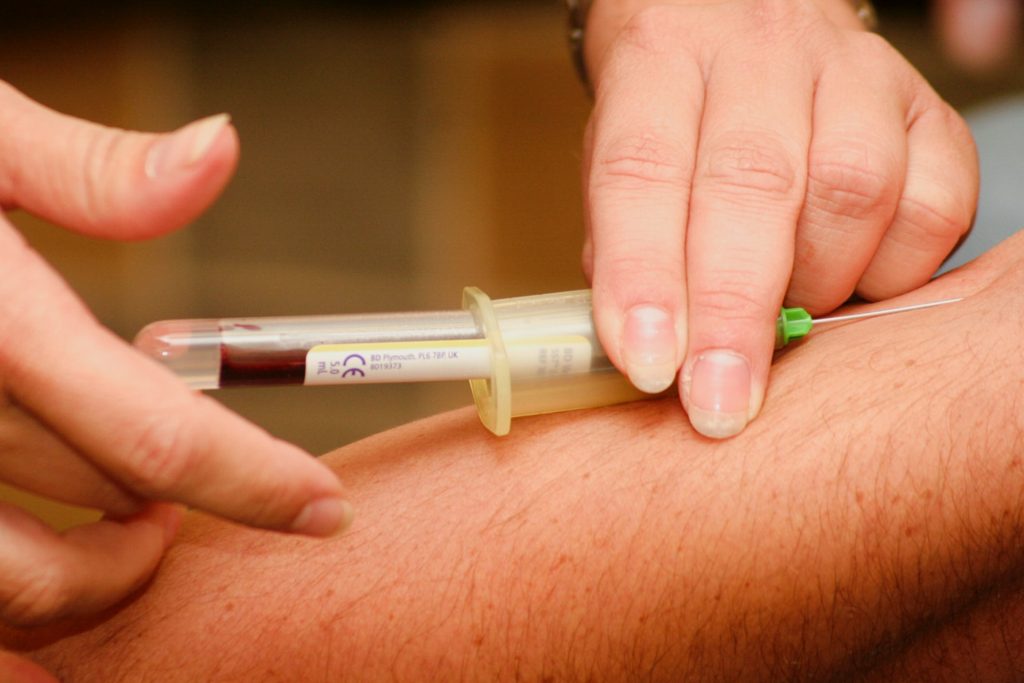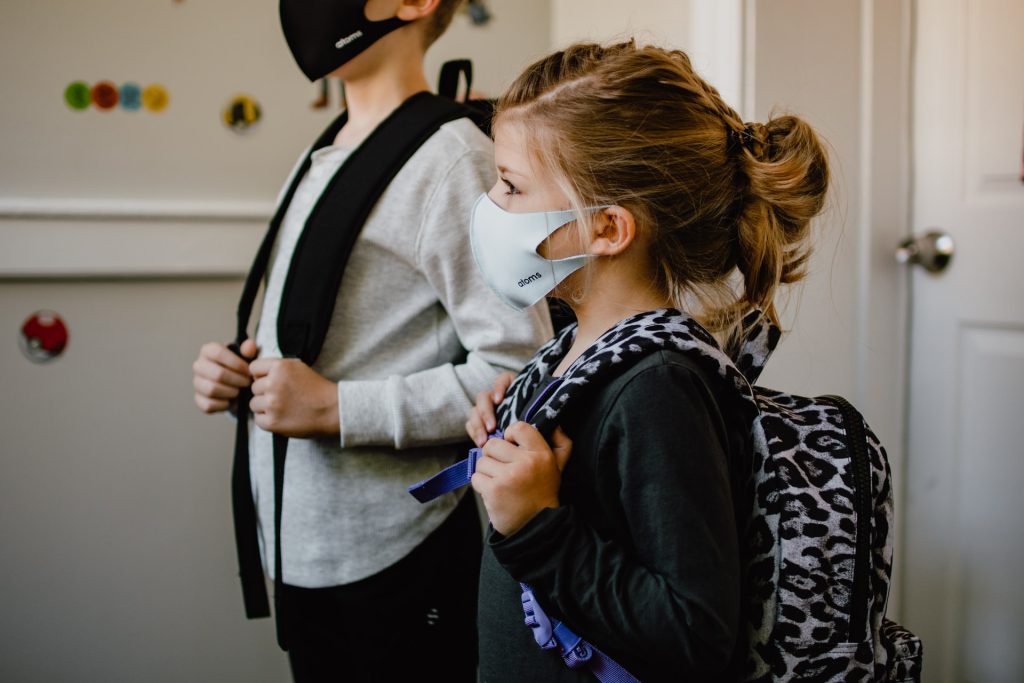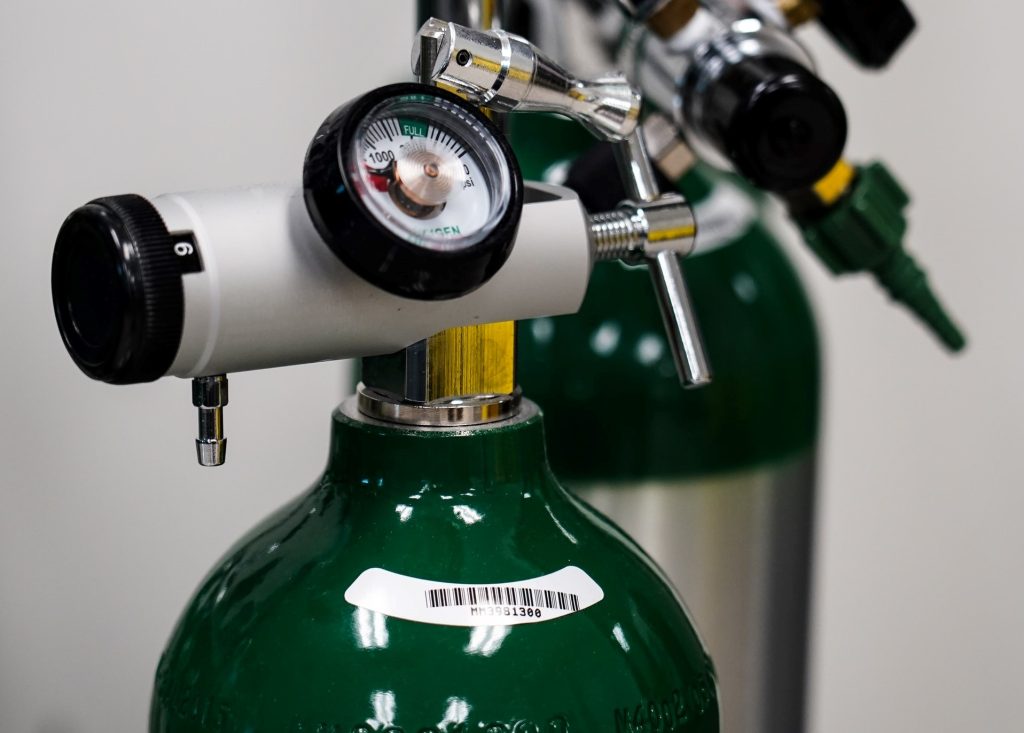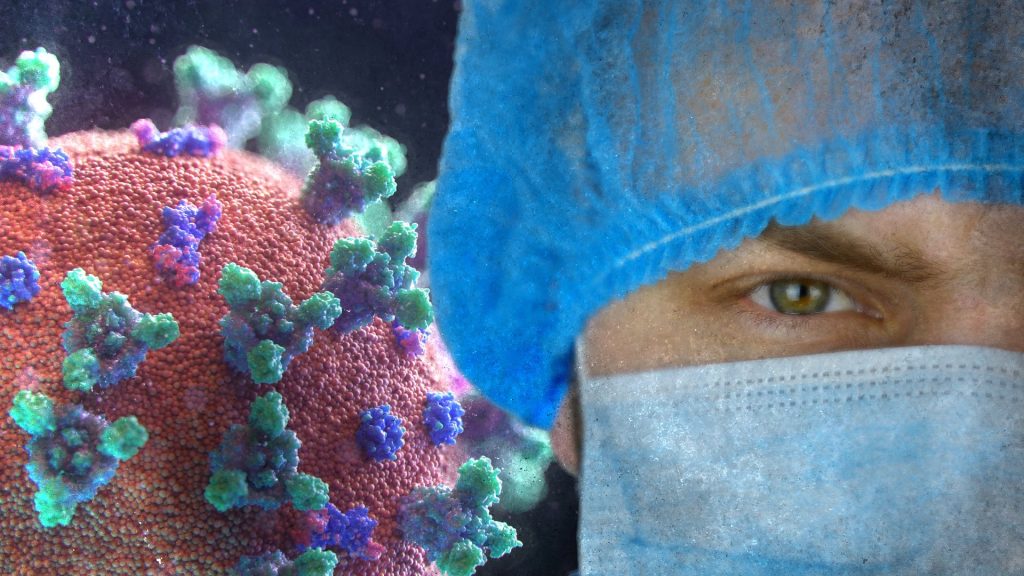Health Department Misses Another Deadline to Provide Nurses with Uniforms
The department has committed to paying nurses a once-off allowance by the end of November

The Department of Health has missed another deadline to provide nurses at public hospitals and clinics with uniforms by 1 September. Instead, a once-off allowance of R3 307 will be paid to nurses by 30 November to buy their own uniforms.
The Democratic Nursing Organisation of South Africa (DENOSA) says its 84 000 members “can hardly afford to get one set of uniforms” with that allowance.
Since 2005, nurses have received an annual allowance to buy their uniforms. In terms of a new agreement signed in March 2023, the department committed to providing uniforms directly to nurses, instead of the allowance of R2,600.
According to the bargaining council agreement, nurses were to receive seven sets of uniforms over two years. The uniform set includes a dress, or a skirt and a top (blouse or shirt), or a pair of trousers and a top (blouse or shirt). Accessories include a brown belt, brown shoes, a maroon jacket and a maroon jersey.
The agreement required the department to supply nurses with four sets of uniforms, one pair of shoes and one jersey in the first year, and three sets of uniforms, one belt, and one jacket in the second year.
However, as the 1 October 2023 deadline approached, the department said it was facing difficulties with the procurement process. In a last-minute bargaining council meeting in September 2023, the department informed nurses’ unions that it would not meet the 1 October 2023 deadline. Instead, it said, the supply of uniforms would be postponed until 1 September 2024 and a temporary allowance would again be paid meanwhile. Uniforms were to be procured through tenders in each province.
But in response to concerns expressed by DENOSA at a meeting in June 2024, the department acknowledged that it was battling with suppliers and would not meet the new deadline either.
Department spokesperson Foster Mohale said there were delays in procurement in some provinces and this was “receiving the urgent attention it deserves”.
He said the department had proposed a new plan and a new deadline of 1 September 2025.
Meanwhile, he said, nurses would be paid a once-off uniform allowance of R3307.60 by 30 November 2024. But DENOSA says this is “too little to buy uniforms”.
“With that amount, a nurse can hardly afford to get one set of uniforms. For a nurse to buy a proper uniform for the whole week, they need between R8500 and R14 000,” the union said in a statement.
Mohale said the uniforms will be supplied in line with the Preferential Procurement Policy Framework Act which stipulates that goods ordered by state institutions must contain a minimum of local content. The policy was first introduced in 2011 in a bid to protect South African industry and jobs.
But DENOSA said a centralised procurement system, similar to those used for police and army uniforms would be more effective than provincial procurement.
“The issue of quality is extremely concerning to us…This is going to open up the whole process to corruption which we have warned against, but it looks like the department has closed its ears on that matter,” DENOSA spokesperson Sibongiseni Delihlazo said.
Republished from GroundUp under a Creative Commons Attribution-NoDerivatives 4.0 International License.










